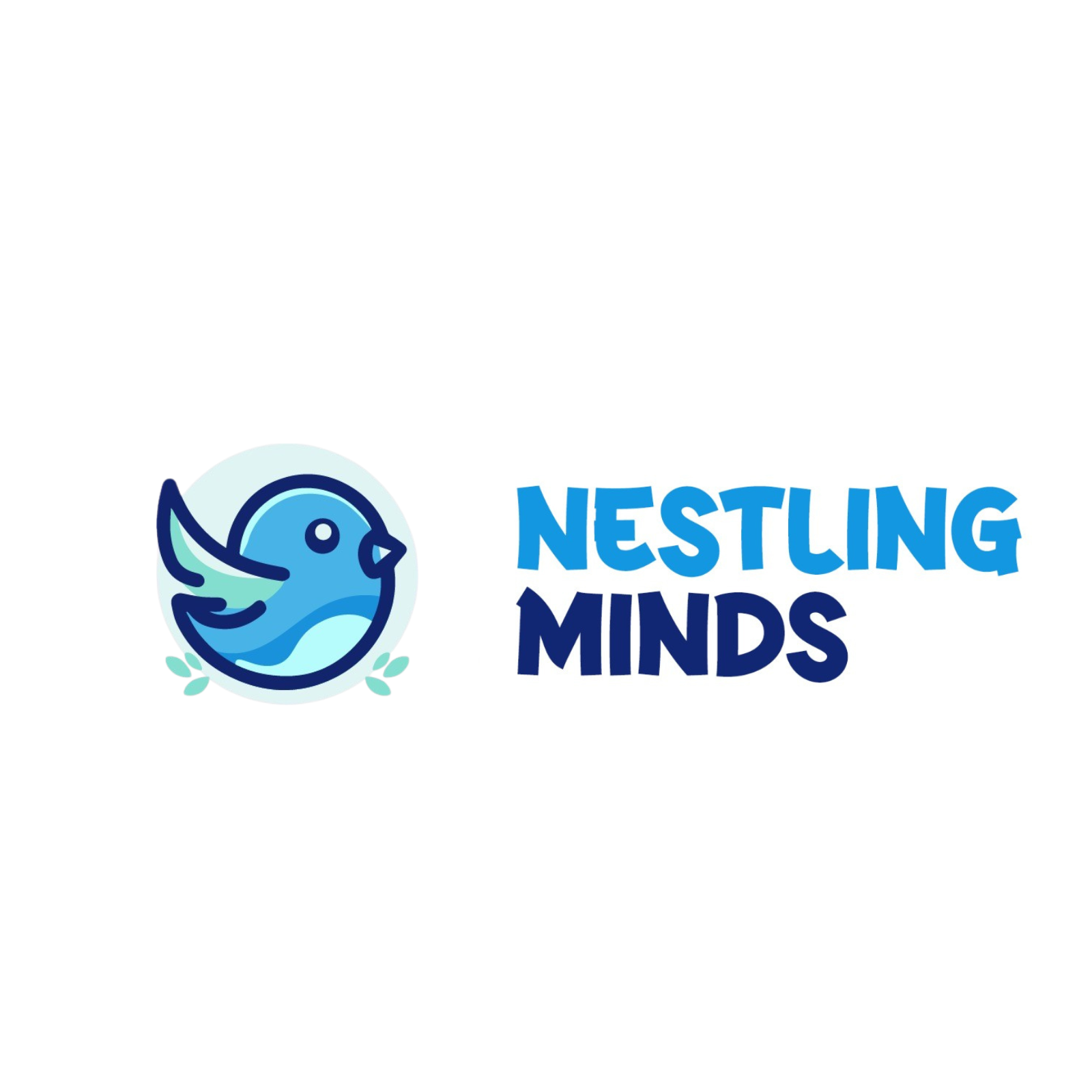Last year, I met Riya—a quiet 9th grader who had been frequently visiting the school nurse for “headaches.” A gentle chat revealed that these weren’t physical ailments, but signs of rising anxiety about friendship issues and academic pressure. With early counseling and a few classroom interventions, Riya began to smile more and even volunteered for a school play.
Why Prevention Matters More Than Cure
Most schools respond to mental health struggles after a meltdown, panic attack, or behavioral outburst. But what if we could catch the signs earlier?
Preventive education teaches emotional regulation, healthy boundaries, and help-seeking behavior. Just like we teach handwashing to prevent illness, we can teach tools to manage stress, disappointment, and conflict.
How Preventive Programs Work in Schools
At Nestling Minds, we work with schools to build a mental health curriculum that’s proactive, not reactive.
- Workshops on emotional intelligence that help students identify feelings before they get overwhelmed.
- Peer buddy programs where students learn to support each other and escalate concerns safely.
- Teacher training that enables early identification of red flags—like withdrawal, irritability, or declining engagement.
Success Story
In a school in Dehradun, we implemented a monthly “Feelings Forum” where students could share what was on their minds anonymously. Within three months, the school counselor reported a 60% increase in voluntary visits—not because more children were “in crisis,” but because they now knew it was okay to talk.
Preventive Tools Every School Can Start With
- Emotion Thermometers: Used daily to help children self-assess and articulate how they feel.
- Circle Time Conversations: Weekly check-ins that build a safe culture of sharing.
- Well-being Bulletin Boards: Curated by students, they normalize mental health discussions.
The Long-Term Impact
When we invest in preventive mental health, we’re not just addressing problems—we’re building resilient, self-aware, and empathetic human beings.
These are the students who:
- Speak up when something feels off.
- Offer support to peers.
- Bounce back from failure with perspective, not panic.
Closing Thought: A Culture of Care
Riya’s transformation didn’t come from one counseling session. It came from a school environment that made space for her voice before it broke.
Let’s create classrooms where emotions are not interruptions—but invitations to understand, connect, and grow.
Because the real goal isn’t just mentally well students—it’s mentally healthy schools.

